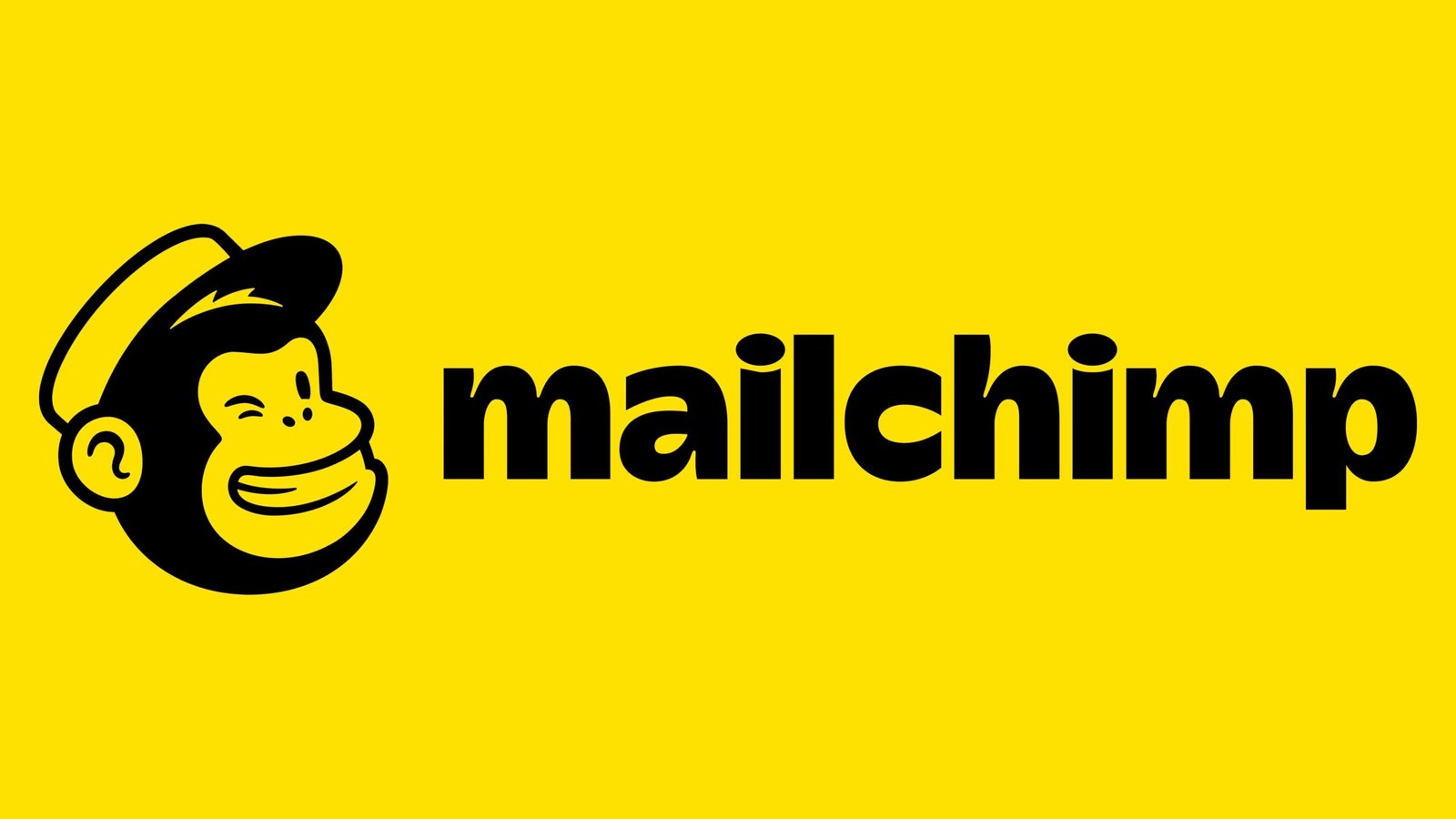Next generation of the Robot Operating System.
ROS 2 (Robot Operating System 2) is the next generation of the Robot Operating System, a popular open-source framework for developing and deploying robotic applications. ROS 2 is designed to address the limitations of ROS 1, with a focus on real-time performance, security, modularity, and support for multi-robot systems. Developed by the Open Source Robotics Foundation (OSRF) and a global community of contributors, ROS 2 provides tools and libraries for building and simulating complex robotics applications, including perception, navigation, manipulation, and control.
Key Features:
- Real-Time Capabilities: ROS 2 is built with real-time performance in mind, allowing for deterministic execution of tasks, which is critical for applications like autonomous vehicles, drones, and industrial automation.
- DDS-Based Communication: Uses the Data Distribution Service (DDS) as its communication middleware, providing enhanced reliability, security, and flexibility in message-passing and communication over networks.
- Modular and Flexible Architecture: Designed to be more modular than ROS 1, ROS 2 allows for better scalability and adaptability across a wide range of robotic platforms and use cases.
- Cross-Platform Support: Natively supports multiple platforms, including Linux, Windows, and macOS, allowing developers to build, test, and deploy applications on their preferred operating system.
- Enhanced Security Features: Introduces advanced security features, such as authentication, encryption, and access control, to ensure safe and secure operation of robots, particularly in networked and shared environments.
- Multi-Robot Support: Designed to support multi-robot systems and collaborative tasks, making it ideal for applications in swarm robotics, distributed robotics, and complex autonomous systems.
- Backward Compatibility with ROS 1: Provides tools and bridges to enable communication between ROS 1 and ROS 2 nodes, facilitating migration from ROS 1 to ROS 2.
- Extensive Libraries and Tools: Offers a comprehensive set of libraries and tools for tasks like SLAM (Simultaneous Localization and Mapping), perception, navigation, path planning, and more, enabling rapid development and deployment.
- Simulation Support: Integrates with popular simulators like Gazebo, Webots, and Ignition, allowing developers to simulate robotic systems in realistic environments for testing and validation.
- Community and Industry Support: Backed by a large community of developers, researchers, and companies, ROS 2 is continually updated and enhanced with new features, tools, and packages.
Benefits:
- Improved Performance and Reliability: Designed to handle real-time, high-performance tasks, making it suitable for safety-critical applications and complex, distributed robotic systems.
- Future-Proof and Scalable: Built to address the scalability and security needs of modern robotics applications, including multi-robot systems and cloud-based robotics.
- Cross-Platform Flexibility: Supports multiple operating systems and hardware platforms, providing developers with greater flexibility in choosing their development environment.
- Enhanced Security for Modern Applications: Incorporates built-in security features, making it suitable for applications that require secure communication and data protection.
- Wide Range of Tools and Libraries: Offers a comprehensive ecosystem of tools and libraries, reducing the need to build robotic functionalities from scratch and speeding up development.
Strong Suit: ROS 2’s strongest suit is its real-time, modular architecture and DDS-based communication, which provide enhanced performance, scalability, and security for modern robotic applications, particularly in multi-robot and networked environments.
Pricing:
- Free: ROS 2 is open-source and completely free to use under the Apache 2.0 License.
Considerations:
- Learning Curve for Beginners: ROS 2 has a steep learning curve, especially for beginners who are new to robotics or not familiar with ROS 1 concepts. Understanding DDS middleware and real-time concepts may require additional learning.
- Evolving Ecosystem: While ROS 2 is actively developed and supported, it is still maturing, and some features or packages available in ROS 1 may not yet be fully ported to ROS 2.
- Compatibility with Existing Systems: Migrating from ROS 1 to ROS 2 may require significant changes in codebases, dependencies, and workflows, depending on the complexity of the existing system.
Middleware for communication between robotics components.
Ground control station software for drones.
Open-source autopilot software for drones and vehicles.
Summary: ROS 2 is the next-generation open-source robotics framework designed to overcome the limitations of ROS 1, with enhanced real-time capabilities, security, scalability, and multi-robot support. It offers a modular architecture, cross-platform compatibility, and DDS-based communication, making it ideal for modern robotic applications, including autonomous vehicles, industrial automation, and collaborative multi-robot systems. While it may have a learning curve and is still evolving, its free availability, robust features, and growing community support make it a compelling choice for future-proof robotics development.
 Skip to content
Skip to content 













